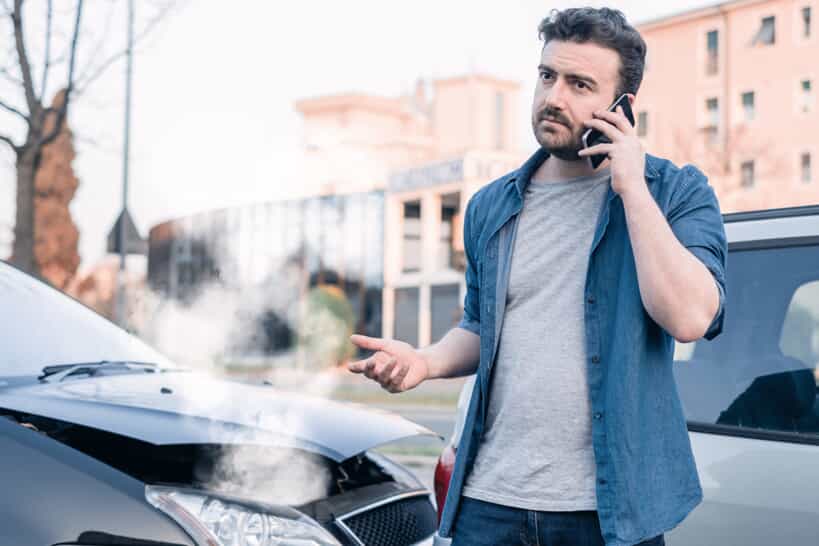
Automobile accidents can be devastating events for all parties involved. Property damage can range from cosmetic flaws to the complete destruction of a vehicle or the object with which it collided. Injuries to drivers and passengers can also vary in severity from minor aches to death. Making automobile accidents more dreadful and complicated is the aftermath, including filing claims with insurance companies and launching legal defenses against any criminal charges. Especially considering how devastating an automobile accident can be for the emotional and mental states of those involved, it is vital that Florida motorists familiarize themselves with the laws and procedures that govern automobile accidents. Acting in a rational and legal manner after an accident can save drivers countless time, money, and frustrations.
Distracted Driving Is the Leading Cause of Automobile Accidents
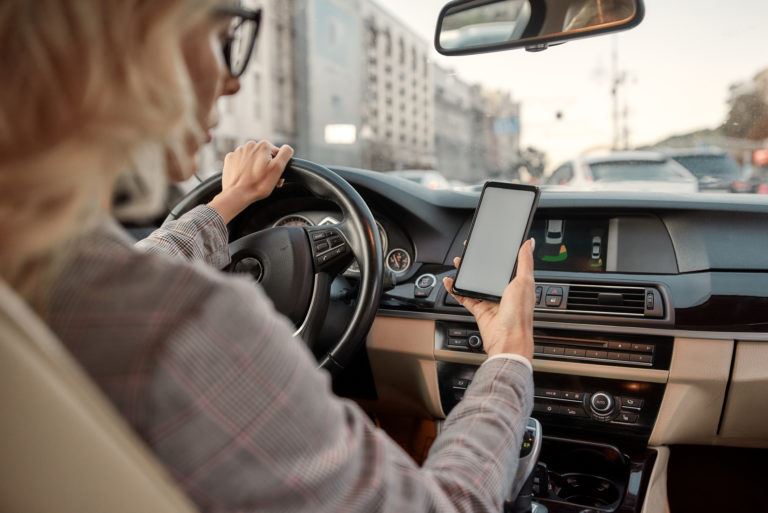
The best way to prevent an automobile accident is to maintain focus on the road and the environment around the vehicle. Factors such as distractions, fatigue, and overpowering emotions can interfere with a driver’s ability to respond quickly and correctly to changes in road conditions. Drivers can’t prevent weather-related hazards, but drivers can take precautions to compensate for hazards associated with rain, snow, hail, and other weather-based hazards. Drivers can’t change the habits and flaws of other motorists, but they can remain vigilant while driving and drive defensively when an irresponsible or impaired motorist moves in a threatening or erratic manner.
Specific Actions to Prevent Automobile Accidents
The most important step to avoiding automobile accidents is to not drive under the influence of any impairment. Drugs, strong medications, and excessive drinking are common factors that hinder a driver’s reflexes and rationality, though less severe factors such as drowsiness and strong emotional states can also impair proper automobile usage. Having routine maintenance performed on automobiles and addressing mechanical problems as soon as they arise is another wise preventative measure for drivers. Making the right choice at the right time can be meaningless if key components such as brakes or tires malfunction due to wear or damage. Defensive driving – the act of anticipating hazards and compensating for them – can lessen the effect of external factors such as inclement weather and irresponsible drivers.
Steps to Take Immediately after an Automobile Accident
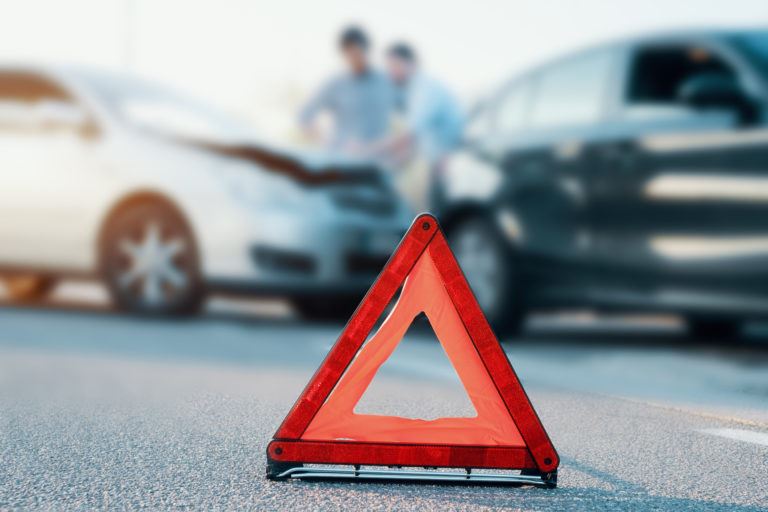
The first priority is to check on all affected parties. Emergency services should be notified when there are serious or life-threatening injuries. Vehicles that are still capable of safe movement should be moved off of the road to lessen the blockage of traffic. The police should be notified so police officers can start the legal process of gathering facts, evidence, and testimony regarding the accident. Our firm suggests that clients be to-the-point when answering police questions and refrain from adding personal onions or superfluous information. Clients should never admit fault, even if they are convinced that they are to blame; this constitutes a confession which can have severe negative repercussions on the client. If possible, clients should gather contact information from the other parties involved and from witnesses; clients should refrain, however, from dealing with hostile or belligerent parties and let the police collect contact information from them. Clients should gather as much data and information as possible, such as photographs of the scene and the damage and written records of pertinent details.
Types of Automobile Accidents
The nature of the automobile accident significantly determines the damage and danger associated with it. Low-speed impacts involve collisions where the automobile(s) are travelling at or below 10 MPH. Low-speed impacts can cause property damage and personal injuries, but the severity of both is often low. Front impacts occur when the front of a moving vehicle collides with another object, such as a tree, an animal, or another vehicle. Front impacts cause more significant property damage, and they can cause a wide variety of personal injuries, including internal bleeding. Rear impacts happen when one vehicle strikes the rear of a second vehicle. Injuries associated with rear impacts include broken bones and head trauma. T-bone accidents occur when one vehicle collides with the side of another vehicle. The risk of personal injury and property damage is high for t-bone accidents due to the lack of safety devices in automobiles’ sides.
Determining Fault Is Rarely a Clear-Cut Case
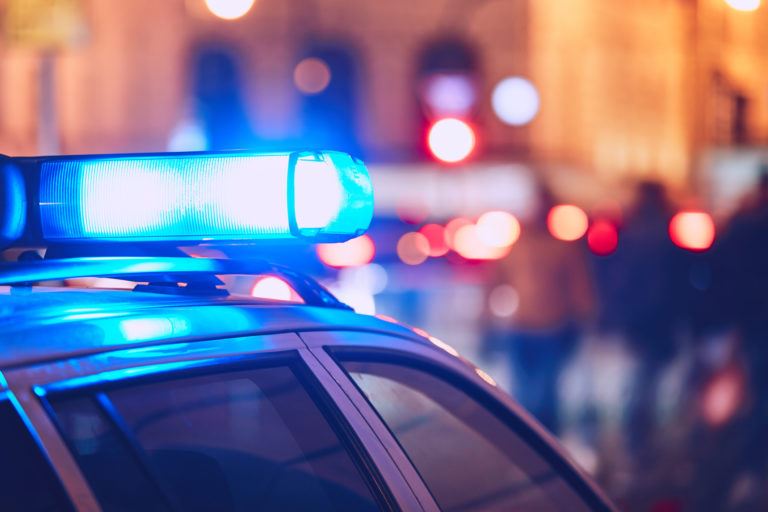
Florida has extensive state and local laws that govern automobile usage. In the case of an accident, police officers determine degrees of fault based on the laws that the parties involved violated. However, accidents must be analyzed on a case-by-case basis, as each accident has its own set of factors and circumstances that may provide exceptions to rules. A common example is rear-end collisions; the party that strikes the other automobile from behind is almost always deemed at-fault, but the driver of the rear-ended automobile is more likely to be designated at fault when the rear-ended automobile has faulty brake lights, backs into the automobile behind it, or is part of an insurance scam.
Poor Road Conditions Are (Legally) the Responsibility of the Driver
Florida drivers are expected to drive defensively and cautiously. There are few legal exceptions that apply to accidents triggered by poorly-maintained roads, including damage from potholes and accidents involving pooling water. In order for a plaintiff to successfully sue a road crew, a city, or the state for damages, the plaintiff must prove that the poor road conditions are a direct result of negligence. Road crews who do not provide sufficient warnings of construction hazards, municipalities that consistently ignore requests to apply safety measures for high-risk areas, and construction crews that willfully use substandard materials or apply shoddy workmanship are examples of conditions where a plaintiff may be eligible for partial compensation for damages.
The Consequences of Hit-And-Run Accidents
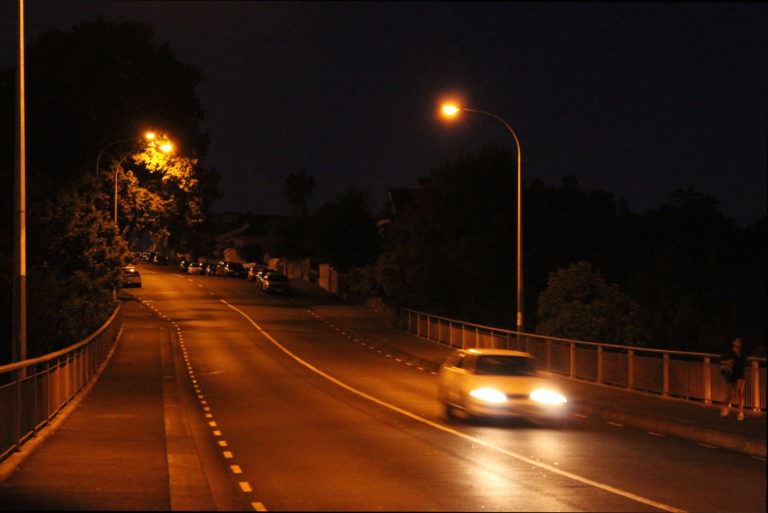
A hit-and-run occurs when a driver is involved in an accident and leaves the scene of the accident without notifying the police. No other parties need to be involved in a hit-and-run accident; a motorist who hits a wall or a tree is committing a hit-and-run if they leave without calling the police. A hit-and-run incident that involves only property damage is a second-degree misdemeanor with penalties including a $500 fine and six months in prison. A hit-and-run incident involving personal injury is treated far more severely, especially if someone dies as a result of the accident; the charge for a hit-and-run incident can go as high as a first-degree felony, brining penalties including a three-year revocation of the driver’s license, fines ranging from $3,000 to $10,000, and prison sentences ranging from five years to thirty years.
Proving Fault for Florida Automobile Accidents
Florida is a no-fault state that practices “comparative negligence,” which states that rarely is one single party responsible for the entire accident. When investigations into fault occur, each party is assigned a percentage of fault. For example, a driver who is deemed at 20% fault will have their judgement or settlement reduced by 20% if they win their case in a court of law or settle. Proving that another party is primarily at fault involves establishing three legal elements. Duty of care is the easiest of the three elements to prove; duty of care simply states that Florida drivers are responsible for operating their vehicles without causing injury to others. Potential plaintiffs must prove that the other party engaged in a willful breach of duty; the plaintiff must convince a judge that the other driver drove irresponsibly or recklessly. And the plaintiff must prove that the other party’s breach of duty is directly responsible for the injuries.
How Medical Bills Are Handled for Florida Automobile Accidents
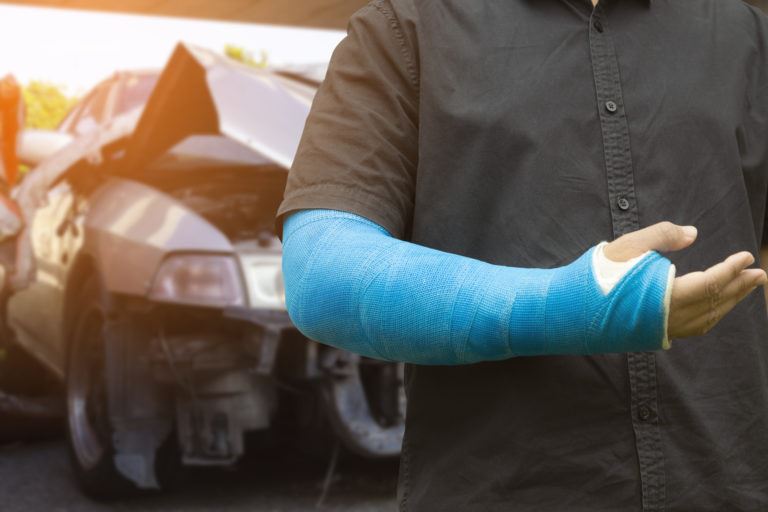
Florida motorists involved in an automobile accident will need to file medical claims with their own insurance companies, even if another party was at fault for the accident. Drivers cannot sue the responsible parties unless the injuries are deemed permanent in nature. This is because Florida is one of many no-fault states. Drivers that have only Personal Injury (PIP) insurance covers only 80% of medical bills and 60% of lost wages, even when the policy maximum is not reached. Private health insurance takes effect as soon as PIP benefits are exhausted. Drivers are responsible for any expenses that are not covered by PIP or health insurance.
Automobile Accidents Can Be Costly Even for Not-at-Fault Drivers
Drivers believe that their insurance premiums will not rise when they are involved in an automobile accident where the other party was at fault. The reality, however, is that insurance companies factor for accidents involving uninsured drivers and issue company-wide premium hikes. Another common practice is for states – including Florida – to require a minimum level of coverage for automobile accidents regardless of who is at fault. Florida requires at least $10,000 in coverage for automobile accidents no matter who is at fault. Though the concept of PIP is often litigated – with its opponents calling for it to be elective instead of mandatory – PIP is currently the law for Florida and many other states.
How Respondeat Superior Can Complicate Automobile Accident Claims
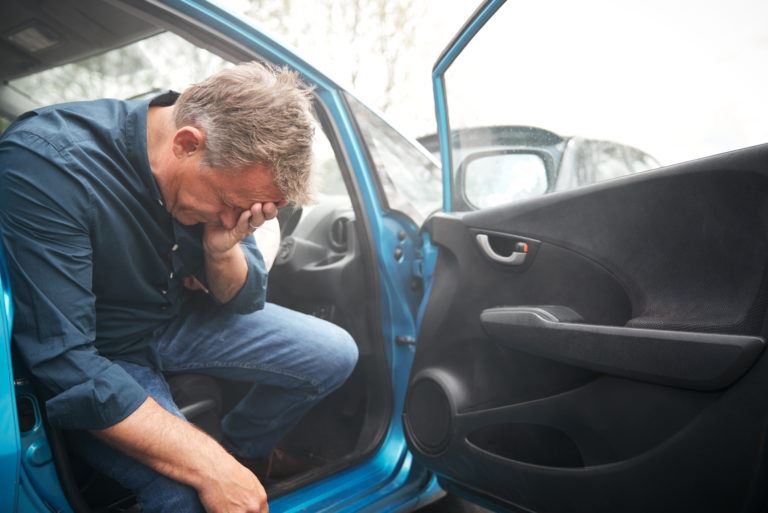
Respondeat superior is a legal concept pertaining to automobile accidents where the at-fault party operated a government-owned or company-owned automobile. Respondeat superior states that the organization that owns the vehicle is as liable as the vehicle operator if the vehicle was being used for official organization purposes at the time of the accident. This can be advantageous when a plaintiff can prove that the other party was on-duty at the time of the accident, as the plaintiff has two ways to recover costs associated with damage and injury. When the at-fault party was using an organization vehicle for personal reasons, the burden of proof rises; the plaintiff must prove that the vehicle was not properly maintained or that the organization did not perform due diligence when they hired their employee – such as failing to perform a background check or a check on the employee’s driver history.
The Cost of Hiring Car Accident Attorneys
Personal injury lawyers charge either on an hourly basis or by contingency. Personal injury lawyers who work on contingency will collect a portion of the rewards from a successful trial or a settlement, but they will get nothing if the judge rules in favor of the other party. Contingency cases can motivate lawyers to get the highest-possible amount, but they can also prompt lawyers to settle for an amount that is not satisfactory for their clients. Typically, personal injury lawyers who charge an hourly rate are implicitly stating that the case has a low chance of success. However, a successful case with an hourly rate can lead to more funds going to the client when a case ends with a favorable ruling or a settlement.
Zimmerman and Fracthman Personal Injury Laywers has a team of professional lawyers with 25 years of experience. Our lawyers specialize in automobile accidents, slip-and-fall accidents, and medical malpractice. We have 12 offices in Florida, providing our services in Boca Raton, Coral Springs, Hollywood, Naples, Parkland, and Weston. To schedule a consultation, contact us by filling out our online form, emailing us at info@defendingtheinjured.com, calling us at (954) 504-6577, or faxing us at (954) 509-9910.

